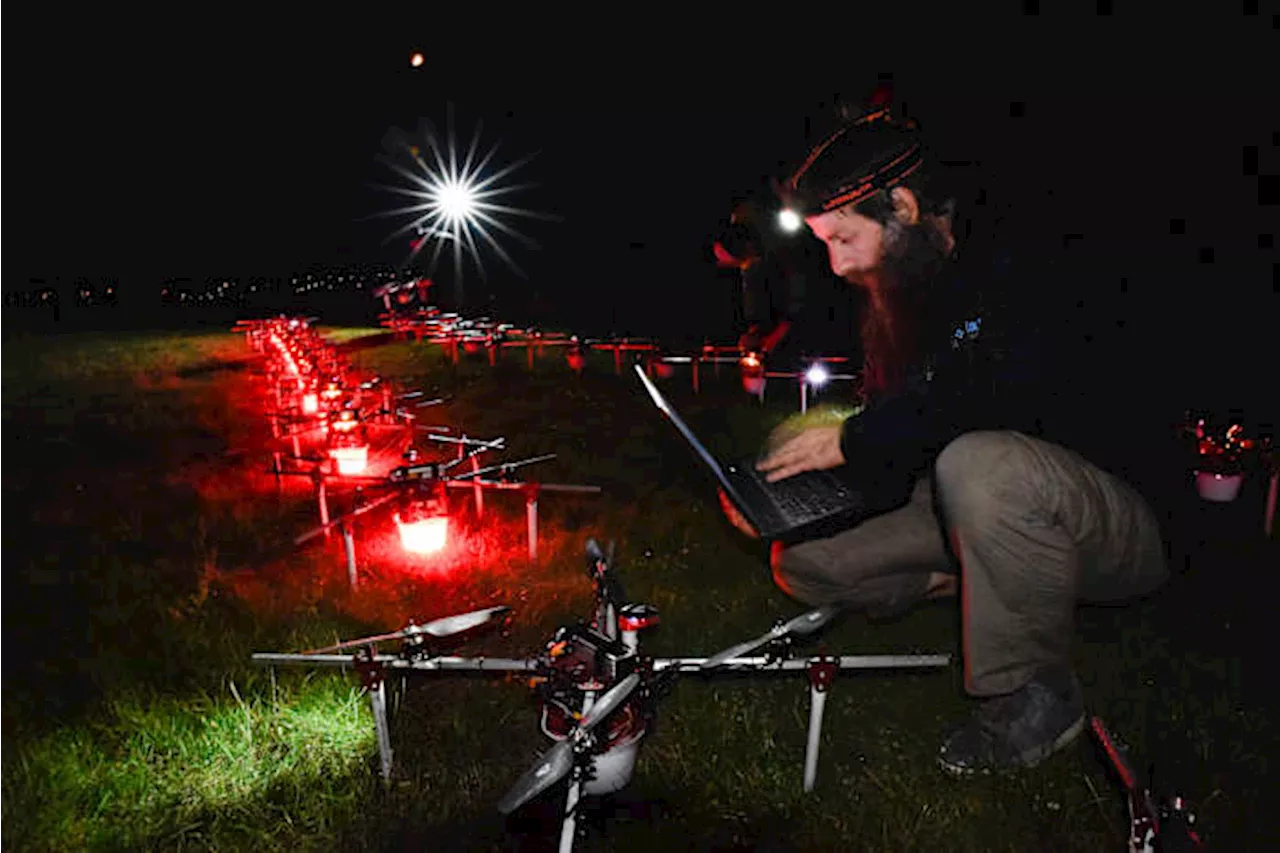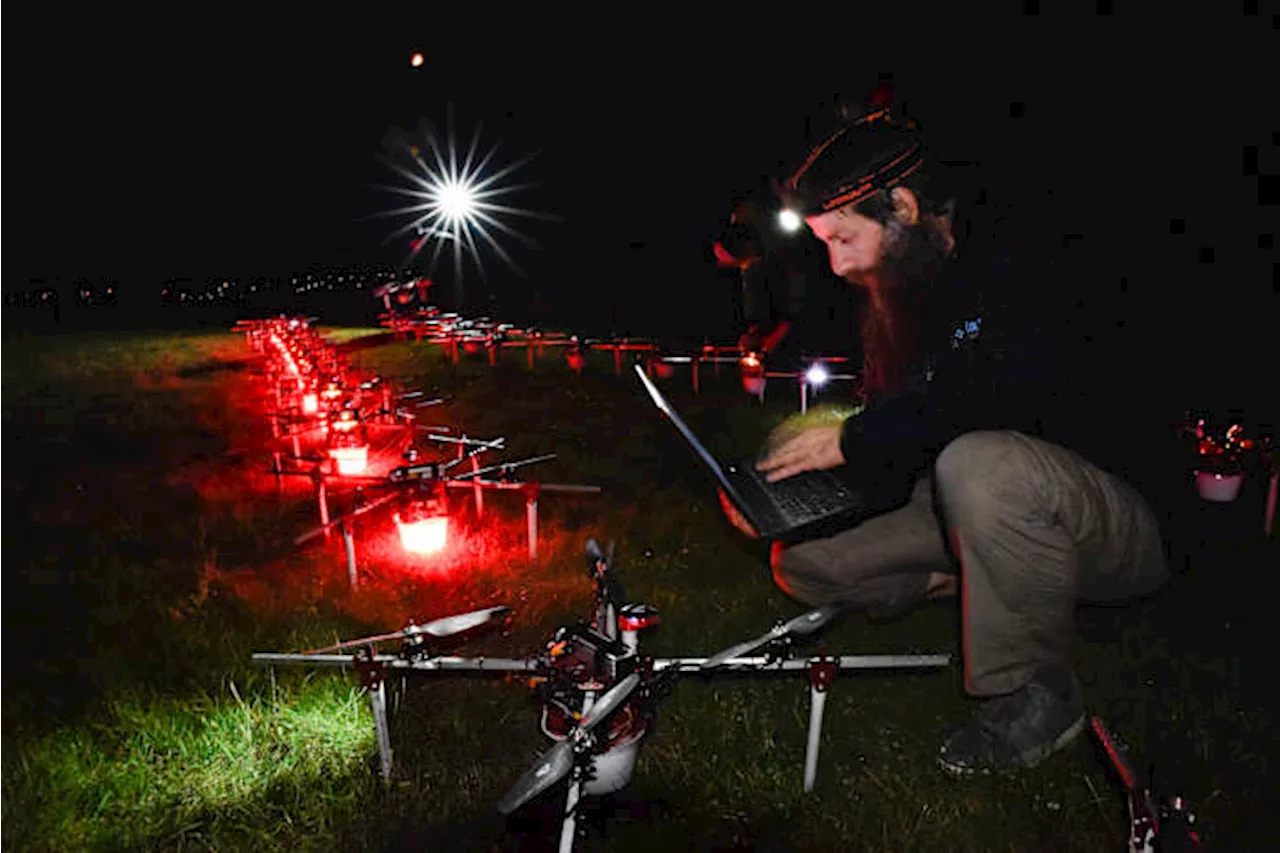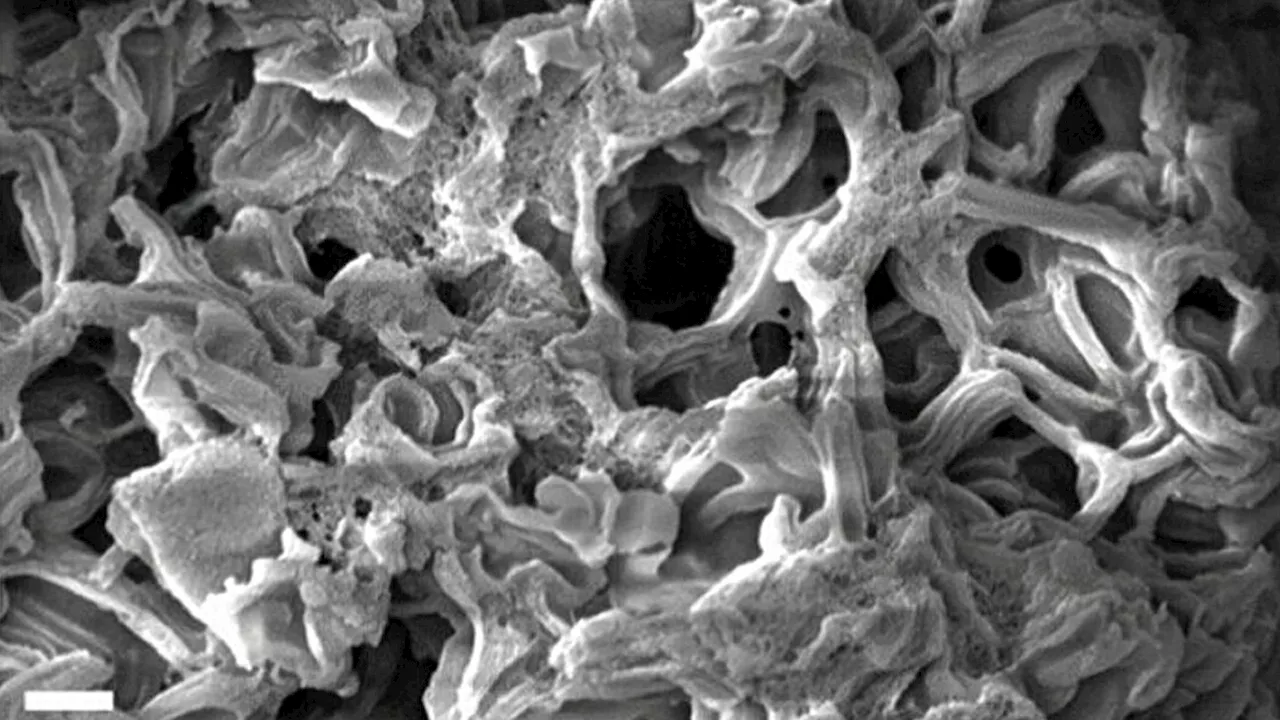A team of researchers has successfully disrupted the natural tendency of artificial systems to self-assemble and achieve thermodynamic equilibrium by using light-triggered chemical reactions. This allowed them to create a high-energy, unstable molecular complex that couldn't form naturally.
Artificial systems such as nano-scale molecular machines tend to self-assemble and stay in thermodynamic equilibrium, but this is a problem.Using a clever mix of light-triggered chemical reactions, a team of researchers has managed to insert a thread-like molecule into a ring-shaped molecule in a high-energy arrangement — this “molecular fit” is something that can’t happen naturally.
When both molecules interacted in water they resulted in the formation of two complexes; complex A and complex B. Out of the two, A is thermodynamically stable, forms slowly, and can exist even in the absence of light. This disruption in the self-assembly of the system resulted in the formation of fast-forming but less stable complex B. The short-lasting unstable complex B represents a novel product that can’t be created when an artificial system follows its original nature.
Nanotechnology Molecular Assembly Chemistry Artificial Systems Thermodynamics
United States Latest News, United States Headlines
Similar News:You can also read news stories similar to this one that we have collected from other news sources.
 Researchers take 'significant leap forward' with quantum simulation of molecular electron transferResearchers have made a meaningful advance in the simulation of molecular electron transfer -- a fundamental process underpinning countless physical, chemical and biological processes.
Researchers take 'significant leap forward' with quantum simulation of molecular electron transferResearchers have made a meaningful advance in the simulation of molecular electron transfer -- a fundamental process underpinning countless physical, chemical and biological processes.
Read more »
 New immunotherapy platform with increased potential to target cancer cellsResearchers have revealed the molecular structure of TRACeR-I, a protein platform for reprogramming immune responses.
New immunotherapy platform with increased potential to target cancer cellsResearchers have revealed the molecular structure of TRACeR-I, a protein platform for reprogramming immune responses.
Read more »
 Data on animal movements help Hungarian researchers create a swarm of autonomous dronesThe scientists at Hungary’s Eötvos Loránd University have been studying group robotics since 2009, and earlier succeeded in creating the world’s first flock of synchronized drones.
Data on animal movements help Hungarian researchers create a swarm of autonomous dronesThe scientists at Hungary’s Eötvos Loránd University have been studying group robotics since 2009, and earlier succeeded in creating the world’s first flock of synchronized drones.
Read more »
 Data on animal movements help Hungarian researchers create a swarm of autonomous dronesThe scientists at Hungary’s Eötvos Loránd University have been studying group robotics since 2009, and earlier succeeded in creating the world’s first flock of synchronized drones.
Data on animal movements help Hungarian researchers create a swarm of autonomous dronesThe scientists at Hungary’s Eötvos Loránd University have been studying group robotics since 2009, and earlier succeeded in creating the world’s first flock of synchronized drones.
Read more »
 Data on animal movements help Hungarian researchers create a swarm of autonomous dronesThe scientists at Hungary’s Eötvos Loránd University have been studying group robotics since 2009, and earlier succeeded in creating the world’s first flock of synchronized drones.
Data on animal movements help Hungarian researchers create a swarm of autonomous dronesThe scientists at Hungary’s Eötvos Loránd University have been studying group robotics since 2009, and earlier succeeded in creating the world’s first flock of synchronized drones.
Read more »
 Cornell Researchers Create Carbon with Record-Breaking Surface AreaCornell University scientists have developed a new type of carbon material with a higher surface area than any other previously recorded. This breakthrough could lead to advancements in carbon dioxide capture and energy storage.
Cornell Researchers Create Carbon with Record-Breaking Surface AreaCornell University scientists have developed a new type of carbon material with a higher surface area than any other previously recorded. This breakthrough could lead to advancements in carbon dioxide capture and energy storage.
Read more »
